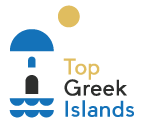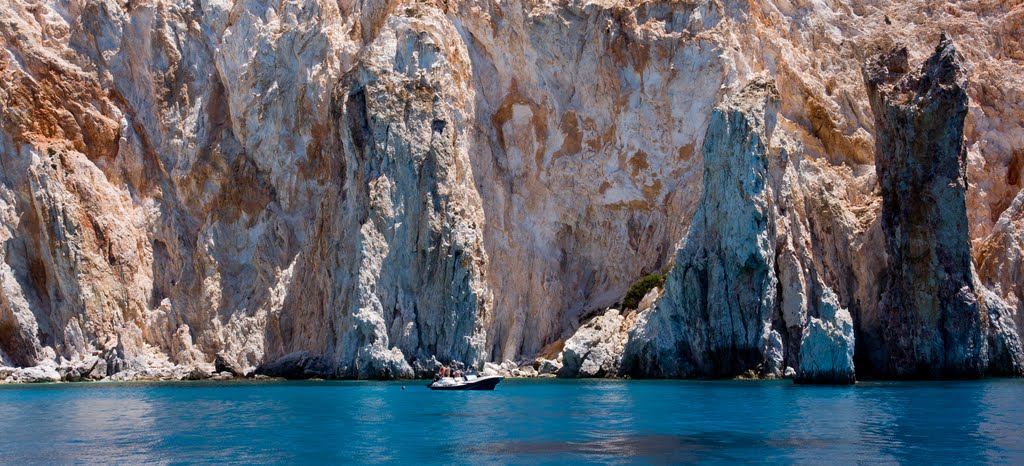At a distance of one nautical mile and to the Southeast of Kimolos, you will find the island Polyaigos (meaning “island with many goats”). It covers an area of about 18 sq. km. and it is the largest uninhabited island in the Aegean and one of the largest in the Mediterranean. There is evidence that the island was inhabited from the Mesolithic or Neolithic Age. Because of its mineral wealth, Kimolos and Milos started litigation over the ownership of the island (416 B.C.), which ended in 338 B.C. and the island came under the administration of Kimolos. On the islet there is a church which dates back to 1622 and a lighthouse.
Polyaigos has great geological and ecological value as it is home to rare or endangered endemic species of flora and fauna such as the Mediterranean monk seal Monachus monachus, the endemic viper Microvipera schweizeri (which only exists in Kimolos, Polyaigos, Milos and Sifnos), the endemic blue lizard Podarcis milensis, the falcon Falco Eleonore (75% of the world population lives on the Aegean islands), the Eagle Hieraaetus Fasciatus, 32 endemic, rare or / endangered plant species and many wild goats. Because of its great ecological importance, Polyaigos has been included in the Natura network.




